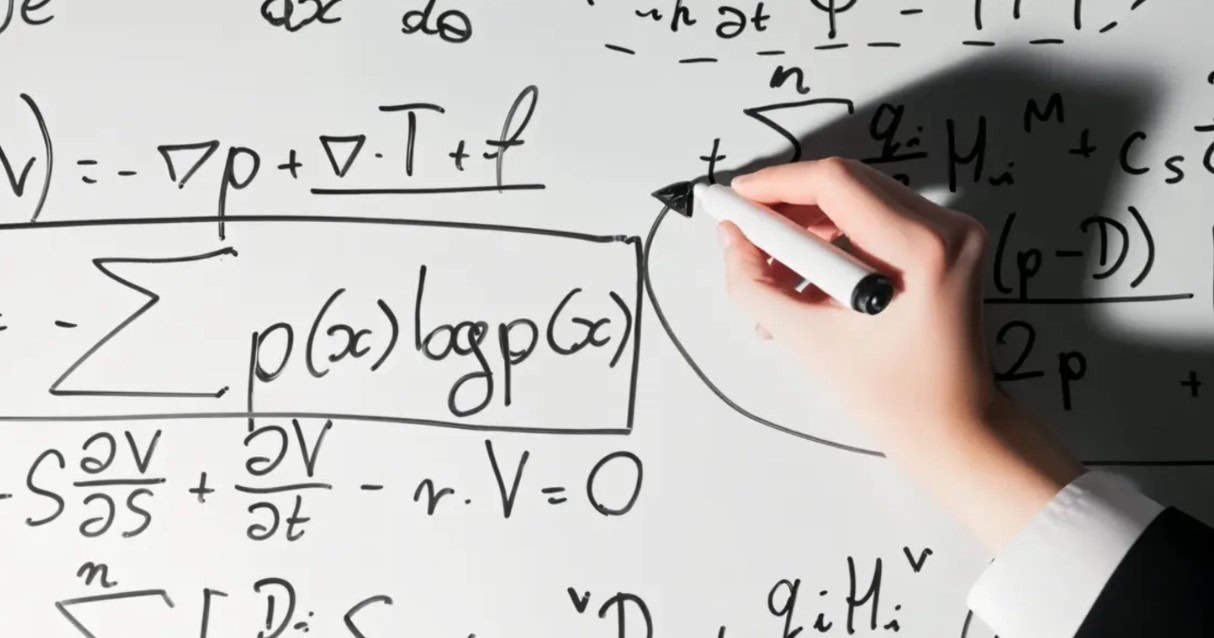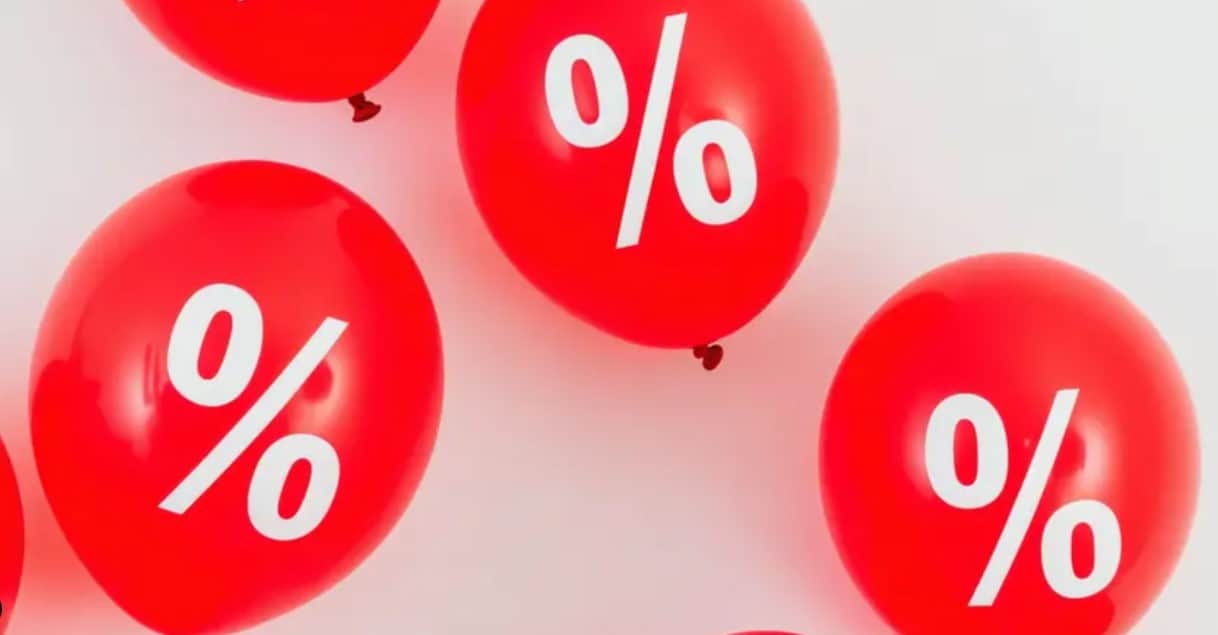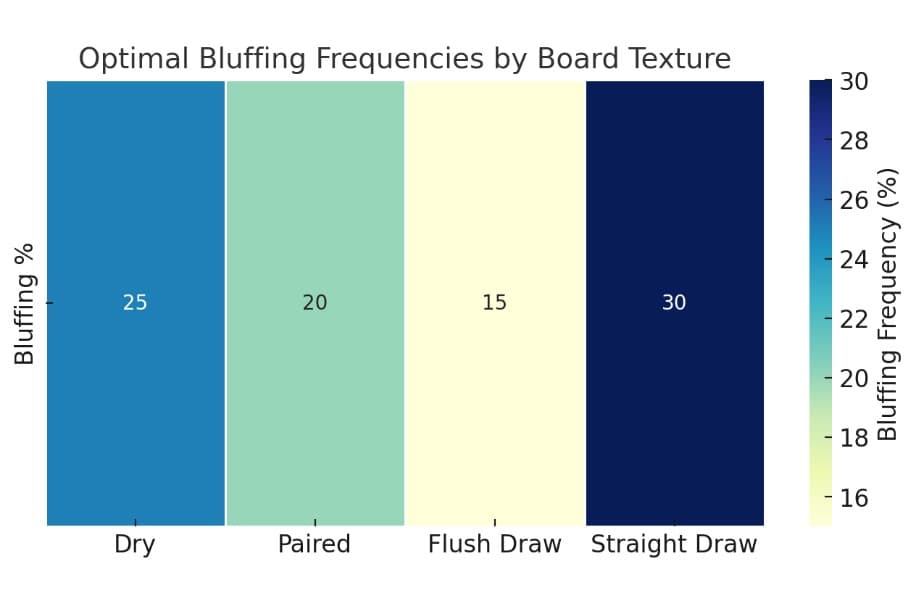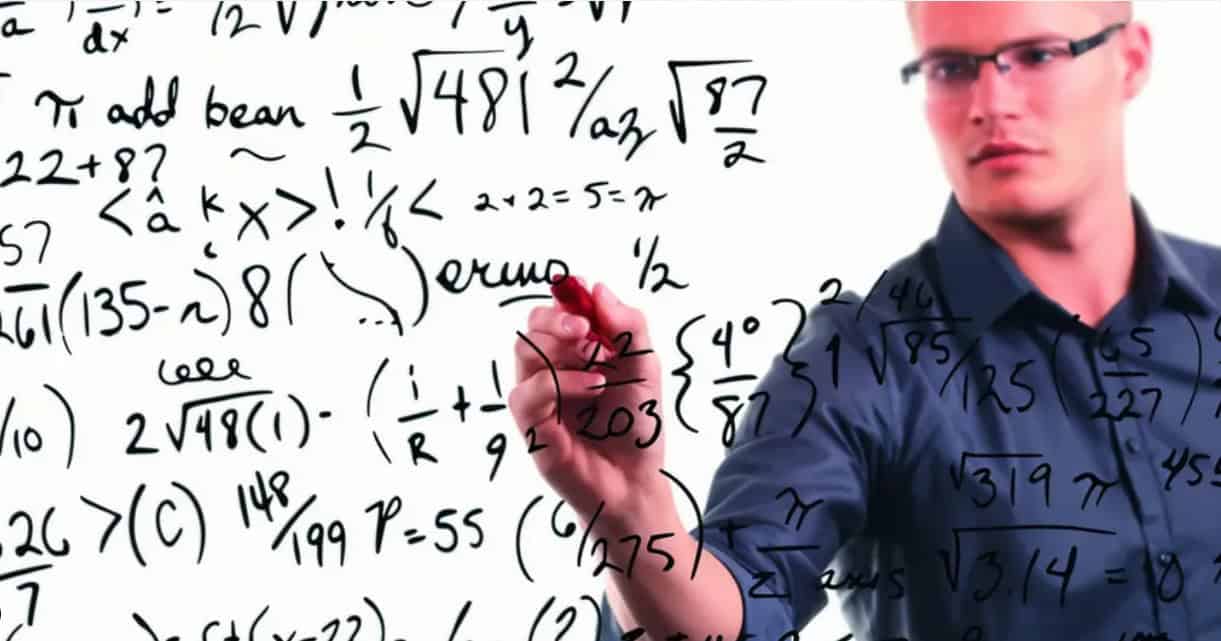
How poker bots use math to dominate the game
Of course, poker is a game of skill, strategy, and above all, mathematics. While humans rely on intuition, experience, and sometimes a bit of luck, poker bots operate on a completely different level. Equipped with state-of-the-art probability models, advanced mathematical algorithms, and principles of game theory, the bots can calculate the exact odds while anticipating opponents’ moves and optimizing every single betting decision in real time.
But exactly how do poker bots do the math to dominate the games? The following article looks at major mathematical models underlying poker bots, how they calculate odds, and how these enhanced algorithms manage to regularly outsmart their human opponents.
Overview of the math behind the poker bots
Central to any successful poker bot is a combination of different mathematical models, which then come into play to estimate the situation at the table, calculate the probabilities, and employ the optimal action thereafter. Examples include:
- Probability Theory: Estimating the chances for a likely result.
- Expected Value (EV): To choose profitable long-term actions.
- GTO models ensure the game can’t be exploited.
- Monte Carlo Simulations: Running a simulation of thousands of possible game outcomes.
- Bayesian Inference: Methods adaptation based on observation of opponents betting pattern.
By integrating these facets of mathematics, a poker bot can, in milliseconds, sort through millions of possible moves and outcomes and plan strategies from information.

1. Probability models: calculating odds and outs
All the decision-making processes employed by poker bots are based on probability models. From pre-flop raises to river calls, everything involves exact calculations regarding outs, pot odds, and winning probabilities.
How poker bots utilize probability models:
- Outs calculation: The bots count the outs, which make their hand improve.
- Winning chances: The following formulae are applied:
Winning Odds=Outs×4 (after flop)/Remaining Cards
- Pot odds: They consider the size of the pot at any given point and the size of the bet they will be calling to determine whether a call will be profitable.
Example: Pot is 100$, bot have to call a 20$ bet, so the pot odds is 5 : 1. If bots’ odd to win more than this he calls.

2. Expected Value: Maximize long-term profit
Expected value in poker is a way to define how much a certain play will produce on average over the long run. Poker bots base their strategies upon ensuring every action taken will give them positive EV: to bet, to call, and to fold.
EV Formula
EV=(Winning Probability×Amount Won)−(Losing Probability×Amount Lost)
Example:
For example, if a bot is to have 70% of winning a $200 pot by going all-in betting $100, its EV would look like this:
EV=(0.7×200)−(0.3×100)=140−30=110
Because the EV is positive, +$110 means that the bot can go all-in.
3. GTO: game theory optimal: perfect play models
GTO simply means game theory optimal-a strategy towards playing poker that seeks to keep the bot in a non-exploitative state. Aggression is balanced off against defense in an attempt or desire to keep the bot somewhat hard to predict.
How GTO Works:
- Balanced Ranges: Bots Balance Value Bets and Bluffs Perfectly.
- Indifference Principle: An opponent should be indifferent between calling and folding against a bot.
Example:
If the bot bluffs 33 percent of the time and value-bets the other 67 percent of the time on the river, an opponent will never know whether he is faced with a monster hand or a bluff. This makes counter-strategies nearly impossible.

4. Monte Carlo simulation: every which way
Monte Carlo simulations used by poker bots instantiate a hand’s value by simulating many millions of possible game outcomes. That is a real good way to estimate the probability of winning by testing all the potential runouts.
How It Works:
- It uses millions of random game simulations in order to document the frequency of winning of certain hands.
- It runs various simulations to compute the probability distributions.
Example:
Thus, if the bot has A♥ K♣ against an opponent’s range, he will calculate an exact percentage of the win through simulations of possible flops, turns, and rivers a thousand times.
5. Bayesian inference: adapting to opponents
Poker bots don’t just rely on static math – they use Bayesian Inference to adjust strategies based on observed betting patterns. This adaptive learning model updates probabilities as new information becomes available.
Bayesian Update Formula:
Posterior Probability=Likelihood×Prior/Evidence
Example:
But this bot updates its priors about the aggression level of a player when one opponent is highly 3-betting pre-flop and thus adjusts its strategy towards defending more with weaker hands.
Advanced math behind poker bots

Beyond the mentioned ideas, poker bots use even more sophisticated mechanisms, like the following:
- Neural Networks: This includes deep learning for pattern recognition.
- Reinforcement Learning: Bots will learn through self-play by making mistakes.
- Nash Equilibrium Models: For the assured good strategies during heads-up and tournament play.
Although similar mathematical concepts could be applied by human players, it is several million calculations per second with no emotional mistakes like on a tilt or misjudging opponents. It’s this data-driven mathematical approach that places them ahead of most human opponents in virtually every online environment.
Conclusion: math as the key to success of poker bots
But the secret to every top-performing poker bot is basically a math-based one: probability models, expected value calculation, GTO strategies, and Monte Carlo simulations-bots make it a numbers game, one that they seldom lose.
It is perhaps reassuring to know how these models work; for human players, this can be improved upon, too, by using similar principles without the computational powers of a poker bot.
